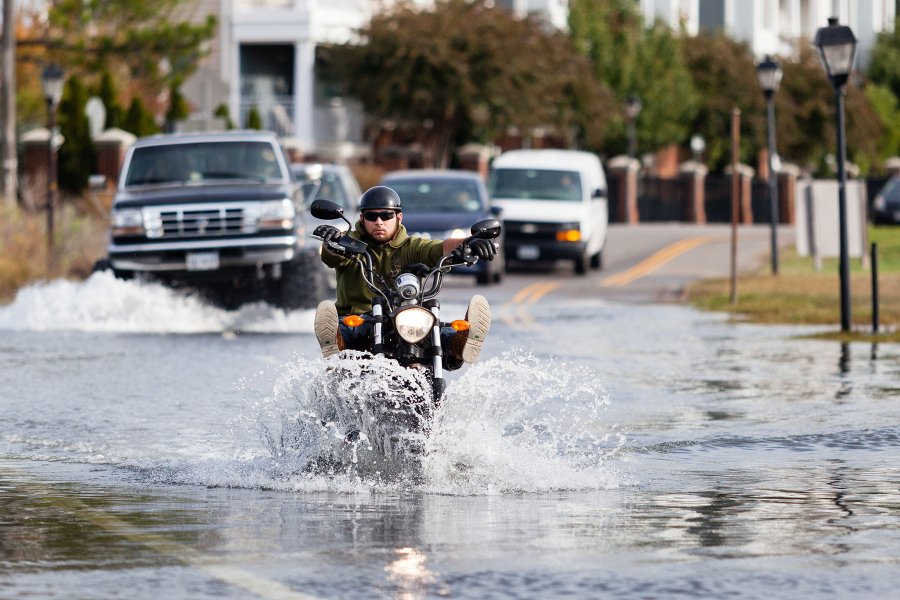By the Numbers: 128
The total number of high-tide flood days observed in Annapolis, Baltimore, Norfolk and the District of Columbia last year

The total number of high-tide flood days observed in Annapolis, Baltimore, Norfolk and the District of Columbia last year

Comments
There are no comments.
Thank you!
Your comment has been received. Before it can be published, the comment will be reviewed by our team to ensure it adheres with our rules of engagement.
Back to recent stories